How is the world's largest bank secure?
When global financial activities are increasingly digitized to bring convenience to users as well as for banks. But with that is the concern about card safety, the status of hackers stealing login account information, payment card numbers . makes banks re-enter the security technology race.
The world's leading financial institutions such as Bank of America, Citibank, Barclays . all choose biometric technology in bank security to make transactions more secure and enhance the user experience. According to them, passwords are not safe enough for customers.
Bank of America: Fingerprint and Touch ID
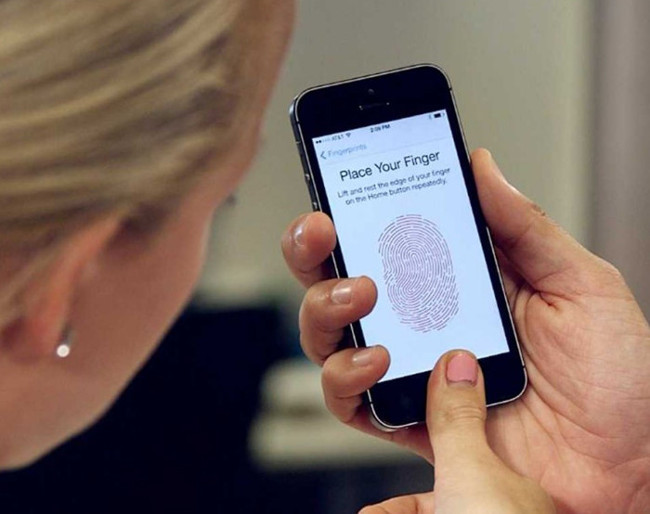
Banks use Touch ID on Apple's iPhone and fingerprint scanner on Android smartphones as the second security layer.
In September 2015, Bank of America customers started using mobile fingerprint scanners to log in to the banking application on the device, minimizing user hassle.
Barclays: Hitachi Vein ID
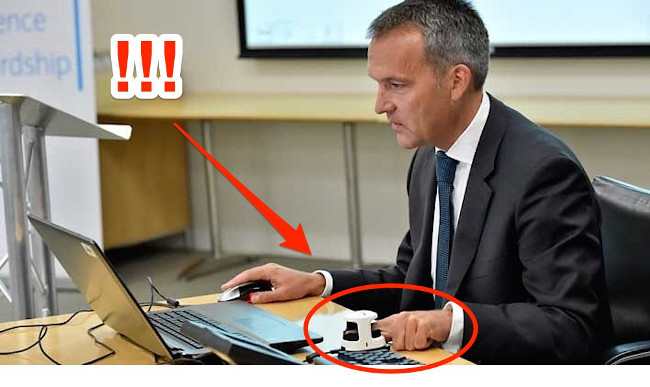
Barclays fingerprint scanner
Even Barclays accepts to spend a large amount of money when cooperating with Japan's giant Hitachi to provide 'finger vein' technology to regular business customers with large transactions. Technology is especially safe because of the unique nature of the fingerprint patterns and largely unchanged throughout a person's life.
With this technology, to confirm the transaction, they just need to put a finger in the small desktop scanner instead of entering the password and PIN . Vein ID of Hitachi is currently being used at ATMs throughout Japan and Poland.
Royal Bank of Scotland and NatWest: Fingerprint technology
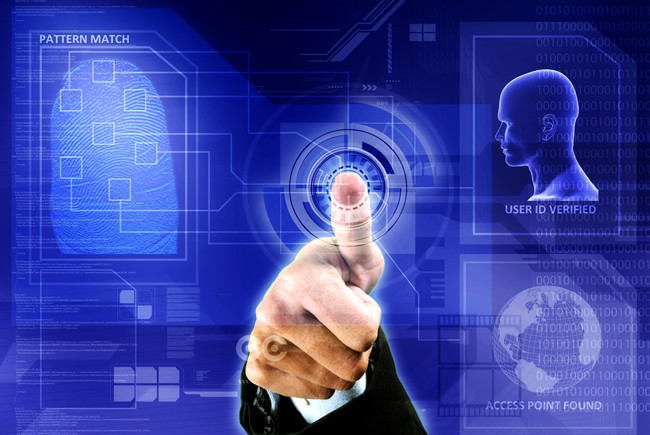
Royal Bank of Scotland (RBS) and NatWest are the first banks of England to choose security with fingerprint technology on mobile banking. Unlike Bank of America, the technology of RBS and NatWest is only compatible with Touch ID on iPhone. But this is not unsupported, not too big a problem as an average of 1.8 million iPhone users access RBS and NatWest mobile apps about 40 times a month.
Wells Fargo: Office of Electronic Commerce (CEO)
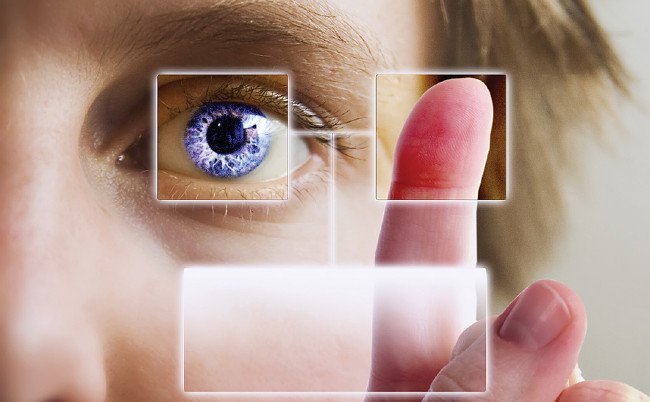
Like Barclays, Wells Fargo introduced enhanced security features for business customers. Wells Fargo's mobile banking application users - including accountants, CFOs, and large asset owners - can choose between biometric security methods . The first method involves voice data and face . The second method requires photographing white eyes ; The unique red vein patterns in the eye are used to identify an individual and grant access to the application.
Citibank: Voice recognition
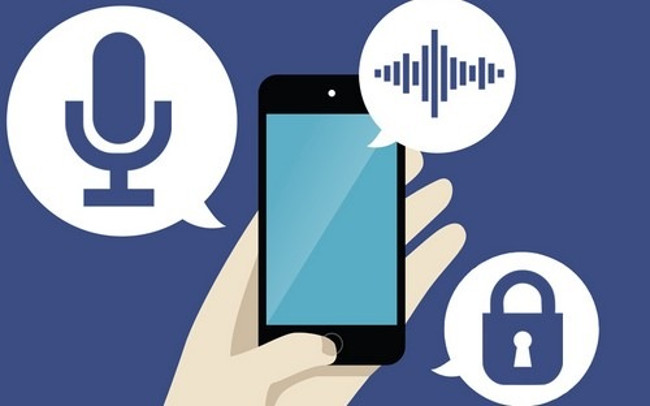
Citibank received two Gartner financial services awards in 2015 thanks to the voice recognition project. The new method uses voice to automatically identify a customer who is explaining the problem to a customer care agent over the phone. The system removes the confusing process of identity verification through ID numbers and personal information; Allow consultants to be faster. It took less than 1 minute to create voice samples and in February 2016 there were more than 250,000 US customers registered. According to Citibank Chief Executive Andrew S.Keen, voice biometrics fundamentally change the customer experience, from 'Who are you ' to ' Can I help you? '
When starting to apply new technology, the big challenge of banks is the uncomfortable feeling of users. But deep commitment to security and promotion can address those concerns. Not only in the field of commodity finance, biometrics also show promise in the retail and industrial sectors. Although there are many obstacles to overcome, it certainly plays an important role in banking, business and community in the future.
You should read it
- Things to know about USB fingerprint reader
- The universal face can 'crack' many identification systems
- Facebook was sued collectively because of biometric data collection, which could cost billions of dollars
- Find out how fingerprint security technology works
- Fingerprint recognition will land on Windows Phone 8.1
- Fake fingerprints of AI are able to unlock the security of current smartphones
- Hackers can bypass the Face ID face with just a pair of black adhesive tape
- Can the phone be unlocked by the fingerprint of the dead?
May be interested
- 5 common methods hackers use to hack bank accounts
 with so many people turning to online banking, it's no surprise that cybercriminals are looking to hack bank accounts.
with so many people turning to online banking, it's no surprise that cybercriminals are looking to hack bank accounts. - Ni no Kuni: Cross Worlds - How to turn off auto-battle and auto-play
 ni no kuni: cross worlds is a comprehensive multiplayer role-playing game from developer level-5, with cutscenes made by studio ghibli, the renowned animation studio that has made iconic films such as my neighbor totoro and spirited away.
ni no kuni: cross worlds is a comprehensive multiplayer role-playing game from developer level-5, with cutscenes made by studio ghibli, the renowned animation studio that has made iconic films such as my neighbor totoro and spirited away. - Review : The Outer Worlds - Peril On Gorgon DLC- Your choices make you who you are
 once again experience the sci-fi life through the outer worlds - peril on gorgon dlc after an 11-month absence.
once again experience the sci-fi life through the outer worlds - peril on gorgon dlc after an 11-month absence. - How to register Techcombank Smart OTP to get the authentication code
 techcombank smart otp is an entirely new method of obtaining bank transaction verification codes.
techcombank smart otp is an entirely new method of obtaining bank transaction verification codes. - Stolen bank account with Trojan Banking
 today with the development of the digital age, online banking transactions are no longer strange. and the malware developer has released a kind of trojan used to steal users' bank accounts.
today with the development of the digital age, online banking transactions are no longer strange. and the malware developer has released a kind of trojan used to steal users' bank accounts. - List of banks traded on Saturday and Sunday
 there are a lot of people wondering if there are any banks trading on saturday and sunday? to answer this question, please read along to find out in the article below.
there are a lot of people wondering if there are any banks trading on saturday and sunday? to answer this question, please read along to find out in the article below. - How to secure Facebook from hacking
 how to secure facebook from hacking. facebook in recent years has made itself the largest social network on the planet with millions of accounts and users every day. but more users means more information
how to secure facebook from hacking. facebook in recent years has made itself the largest social network on the planet with millions of accounts and users every day. but more users means more information - How to check the balance of Maritime Bank account
 for those who are using maritime bank account, there will be 5 different ways to easily look up account balance in your bank card.
for those who are using maritime bank account, there will be 5 different ways to easily look up account balance in your bank card. - The bank has to suspend operations because of the cat's actions
 a bank sent an email to suspend operations shortly after an intruding cat-bear family attacked the bank.
a bank sent an email to suspend operations shortly after an intruding cat-bear family attacked the bank. - Ni no Kuni: Cross Worlds - Location of treasure chests in Golden Grove
 ni no kuni: cross worlds is a new mobile game that takes many familiar elements from other mmorpgs but adds features from level-5's ni no kuni series.
ni no kuni: cross worlds is a new mobile game that takes many familiar elements from other mmorpgs but adds features from level-5's ni no kuni series.










 Inventions that help people have the power of superheroes
Inventions that help people have the power of superheroes 6 legendary battleships in World Navy history
6 legendary battleships in World Navy history Things to know about 'Kombucha tea' - fermented tea
Things to know about 'Kombucha tea' - fermented tea Interesting discovery: Human brain is more flexible than chimp brain
Interesting discovery: Human brain is more flexible than chimp brain Things you need to know about 'Germanium' - Germanium
Things you need to know about 'Germanium' - Germanium Wi-fi router applications to accurately track and identify all your actions
Wi-fi router applications to accurately track and identify all your actions